My grandad was responsible for the first appearance of haute couture in cinema and was the only mogul put a famous fashion designer, Coco Chanel, under contract. But like many of my grandfather’s expensive tastes for “high brow” fashion, literature and art, it was a bit ahead of the curve. Grandpa Sam was always surrounding himself with artistic and intellectual stars of his time, professionally and personally— George Balanchine, Dorothy Parker, George Bernard Shaw, and the like. But usually he was onto an idea before it took popular hold.
It’s all about timing.
Before we get into the story of Coco and Sam, a movie star’s secret pregnancy, why Hollywood took so long to embrace haute couture and how to read the tea leaves on timing…let me tell you a little about being “ahead of the curve” in my life when it came to fashion.
When I was 17-19 I had the wild experience of working for Sotheby’s auction house in New York, in the newly formed fashion department. I did an interview with Amy Odell who writes
(and is author of the definitive biography on Anna Wintour) where I spilled the tea for the first time on the ultra secretive, ultra rarified world I encountered during my time there.When I moved to New York after graduating high school I stuck out amongst my NYC friends because I walked too slow (according to them,) had an “LA accent” and dressed in vintage clothes. I had been wearing and collecting 1920s-1960s pieces from thrift stores and dollar-a-pound sales since I was 13. Back in LA everyone dressed like I did. We were all super into thrifting and/or wearing streetwear like X Girl; Supreme; etc.
Exhibit A: high school photos:
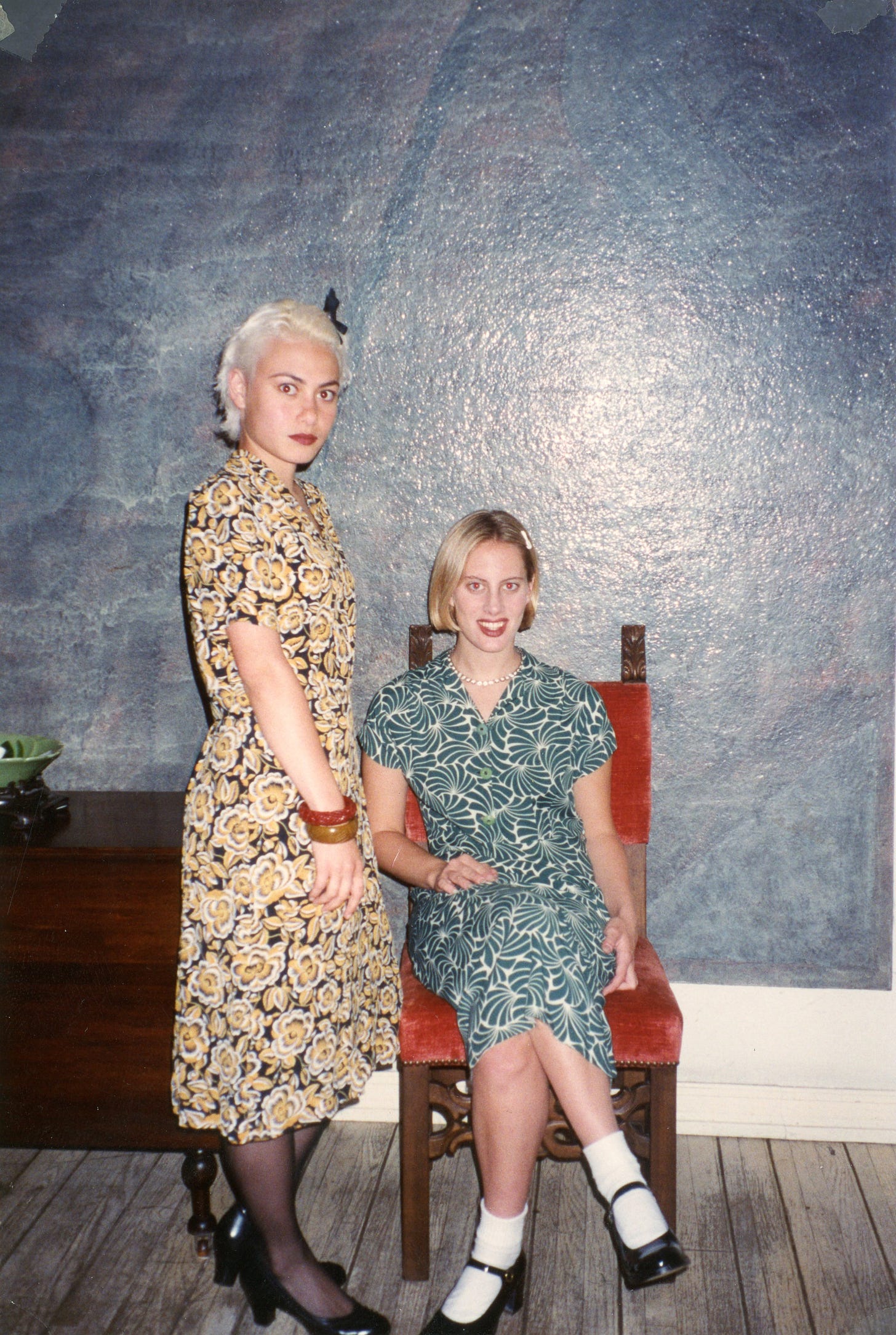
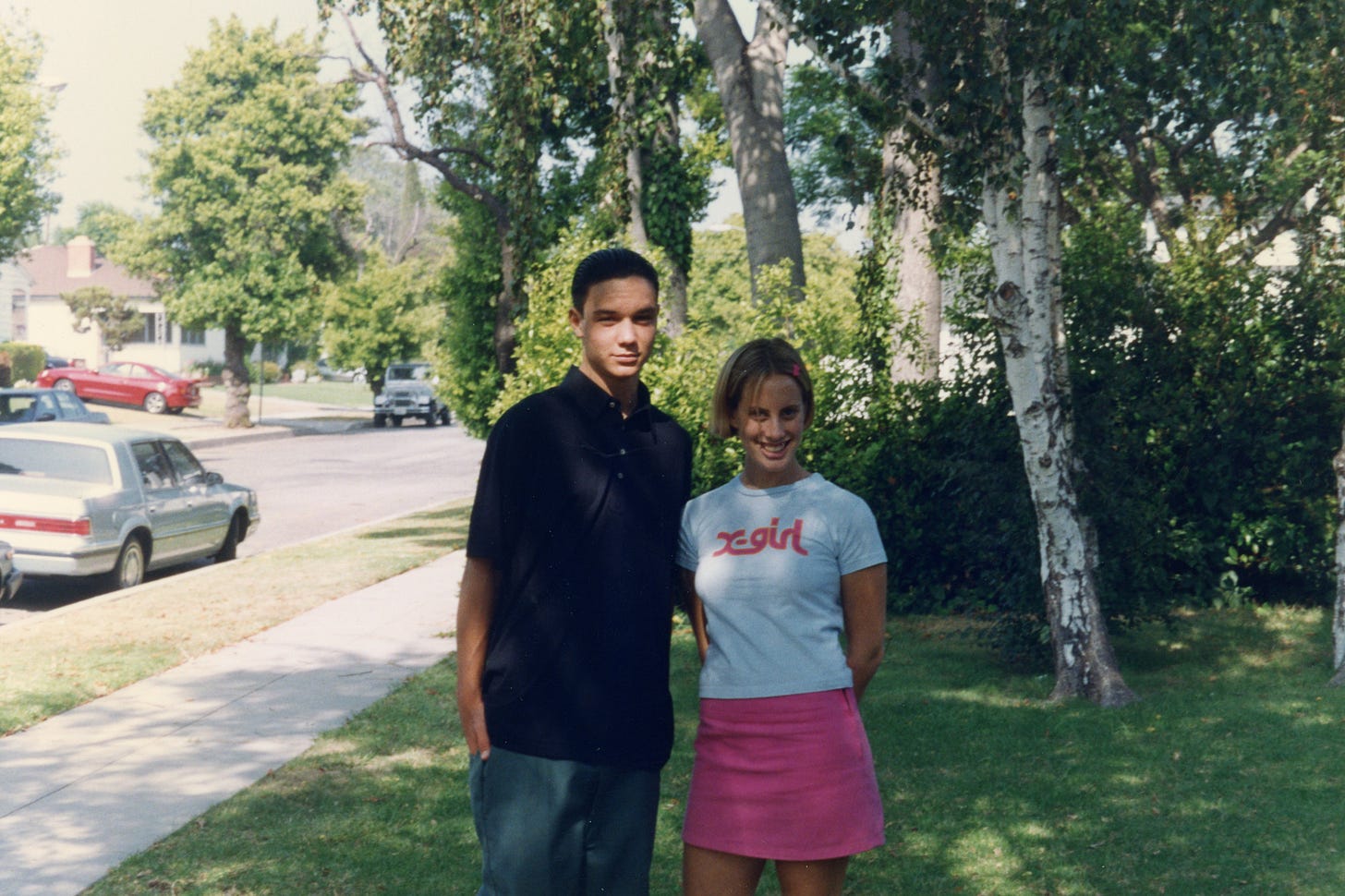
Below is how Danielle and I dressed the summer we moved to New York. We are pictured with our friend Priscilla, who was then filming the movie KIDS, in front of the Supreme store on Lafayette. I’m wearing a Tocca minidress and a Jansport backpack which likely contained a 40 of Olde English and the accoutrements for a honey rolled blunt.
My first couple of jobs in NYC during art school before I got hired by Sotheby’s were as a paid intern. I worked for the International civil rights/ war/ Magnum photographer Gilles Peress, who encouraged my interest in fashion, telling me it wasn’t frivolous. I also interned for the famed art director Fabien Baron . By the time I started working for his firm, Baron & Baron, he’d designed the Madonna SEX book; was the creative director of Harper’s Bazaar and created all the perfume bottles and ad campaigns for Calvin Klein, among other clients. Fabien and his team were very patient with me as I stuck out amongst the sea of chic black clad fashionistas with my “old” clothes and mesh slippers from Chinatown. They received complaints from the staff at Calvin Klein Headquarters when I would be sent to hand deliver TOP SECRET materials because I apparently didn’t look “fashion” in my colorful, vintage and indie designer clothes. I learned a lot at Baron & Baron and was forgiven for a number of faux pas including accidentally breaking all the perfume samples one weekend when I was using the giant laser copier to print images for my photography thesis critique class. The storage room smelt for weeks.
I definitely wasn’t winning any points for being ahead of the curve in my vintage frocks. My soon-to-be husband issued me a dictum around then to stop wearing vintage shoes because they were always breaking on the street which held up all sorts of plans as I detoured to hardware stores to duct-tape or crazy glue soles back together. Additionally, a note of “suggested improvements” was left under my pillow by a friend from a fashion family, Francesca Versace, which read, in part “Darling, I love your vintage style but it cannot be a total look, you need to break it up with new accessories, also you should start curling your eyelashes and do more grooming…”
I also experienced pubic shaming when I went on a trip to Russia with my Dad by women my own age who were dressed to the nines in brand new (also black, also chic) Versace, Dolce and Dior. They thought that wearing someone else’s cast offs was disgusting and straight up laughed in my face, but I forgave it because Communism had relatively recently ended and access to designer goods had been denied them for so long. We all want what we can’t have, right?
Anyways, the Sotheby’s fashion department job was super exciting, introducing me to a whole new world and good fodder to now write about, but it wasn’t a professional success for the auction house. We would spend around 100k producing and photographing a catalog for our sales and barely make low 5 digits. Rich people and fashionable socialites were SO NOT INTO the idea of wearing vintage clothes so most of our lots sold for way under their estimates. I kick myself for not spending more of my salary then on the 1950s Balenciaga, Balmain and Dior that was going for a comparative song.
Even celebrities were not hip to the vintage game in the late 90s, save for a few people who were real collectors and genuinely interested in the history of fashion. Props to Demi Moore, who came to shop with me when I was at Sotheby’s, alongside her then stylist, the late L’Wren Scott. I knew Demi because my brother Tony had co-starred in Ghost with her and because she was a serious collector who knew what made a garment haute couture vs pret a porter. She wore her own Norman Norrell sequined mermaid gown to the Emmy’s in 1997, something that was just not done in Hollywood at the time. Also Sarah Jessica Parker just pre Sex & The City (who I also met through Tony) came to check out wares, brush up on vintage fashion and the market for Hermes Kelly bags. There’s a few others, but at the level of major movie stars and fashion bibles like Vogue, vintage just wasn’t a trend and wouldn’t be for many years to come.
Anyways, enough about the 90s, vintage clothing and what the fashion world considered the height of chic. Shall we go back in time to the golden age of cinema and my grandfather Sam & Coco Chanel?
In 1931 grandpa Sam contracted Coco Chanel to come to Hollywood and create costumes for some of his stars. He paid her a million dollars—unheard of back then—and even built her a replica of her Paris atelier at his studio in Hollywood. A master of publicity, to herald her arrival and introduce Chanel to America, he hired a private white bullet train to meet her in New York and whisk her to the West Coast, stocking it with French champagne, Russian caviar and American journalists. By the time she made it to Hollywood, Chanel was a household name coast to coast.
In the 1930s, there was a disconnect between what was worn in Paris and showcased in the pages of Vogue and what Hollywood stars wanted to wear. This is the era of the great costume designers under contract to studios, like Adrian and Orry Kelly. Their slinky gowns and fitted suits were glamorous and made for film—emphasizing a movie star’s fabulous and hard earned figure. Chanel was then famous for her simple black dresses, made from jersey, which had traditionally been used for maid’s uniforms— quel scandale but also très chic.
Of the few surviving films of their collaboration, a memorable one (not because it holds up today but for the costumes and backstory) was Tonight or Never, starring Gloria Swanson. Grandpa sent Swanson to Paris for fittings with Chanel, where Gloria showed up looking considerably thicker than Chanel had anticipated from the measurements taken back in Hollywood. Gloria was hiding a secret that she didn’t want her boss, Sam Goldwyn to find out— she was pregnant! She went to the marche aux puces (flea market) in Paris and brought Coco a bolt of stretch elastic-type fabric to make her what would have been a Chanel binding corset to wear under the bias cut gowns that were her wardrobe in the film.
Much of the wardrobe Chanel made for the Goldwyn contract was never used— Hollywood actresses wanted gowns that would hug their curves, not the soignée chic that was synonymous with Coco’s style. What works in haute couture isn’t always palatable to the mainstream. But even if the starlets and the public at the time didn't understand her clothes, grandpa sold Chanel to America—and let’s be real, the sale of perfume (Chanel No 5 had launched in 1921) is much more profitable to a business than clothes.
Regardless of the (lack of) commercial success of their partnership, Sam and Coco remained friendly for the rest of their lives. I love this letter that she sent my granddad in 1937 to introduce her friend, Count Luchino Visconti, who was coming to Hollywood for the first time. Visconti would later become an incredible filmmaker (The Leopard, The Damned, Death in Venice, etc.) Along with being considered a father of Italian neorealist cinema, Visconti was also known for the sumptuous costumes in his films which are still on fashion designers mood boards today. I am including the letter in full below along with the EXPRESS request that it not be reprinted or republished as it is property of the Samuel Goldwyn Archives at The Academy of Motion Picture Arts & Sciences.
Chanel also got several loyal customers from the relationship with Sam Goldwyn, including Marlene Dietrich and my grandma Frances. I really fucking wish my grandmother had hung onto her personal Chanel wardrobe from the 1930s-60s, I would die to own one of those early Chanel suits.
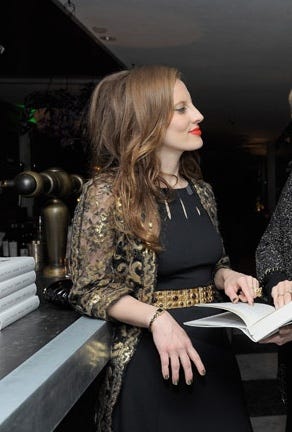


When the house of Chanel was looking for her Goldwyn era costumes in the 2010s and reached out to me, I asked my dad where they might be stored. He told me they were long gone, the last he’d seen of them was “in a garbage bag on a loading dock at the studio.”
Couture didn’t appear again on film until Hubert de Givenchy partnered with Audrey Hepburn in the 1950s. So while grandpa Sam may have been first to the table, it took a full 20 years for people to accept the fashion/ film alliance. If we are getting granular about it, when it comes to red-carpet dressing, it was another 40 years until movie stars were dressed by European designers at the Oscars in the late 80s and early 90s.
As for my own vintage collection, I have a climate controlled storage unit with thousands of pieces I’ve been collecting (hoarding?) since it was not cool which has since gone up in value so….here’s my question for you all:
Is it better to have the idea first or to be the one who capitalizes on it once someone else paves the way?


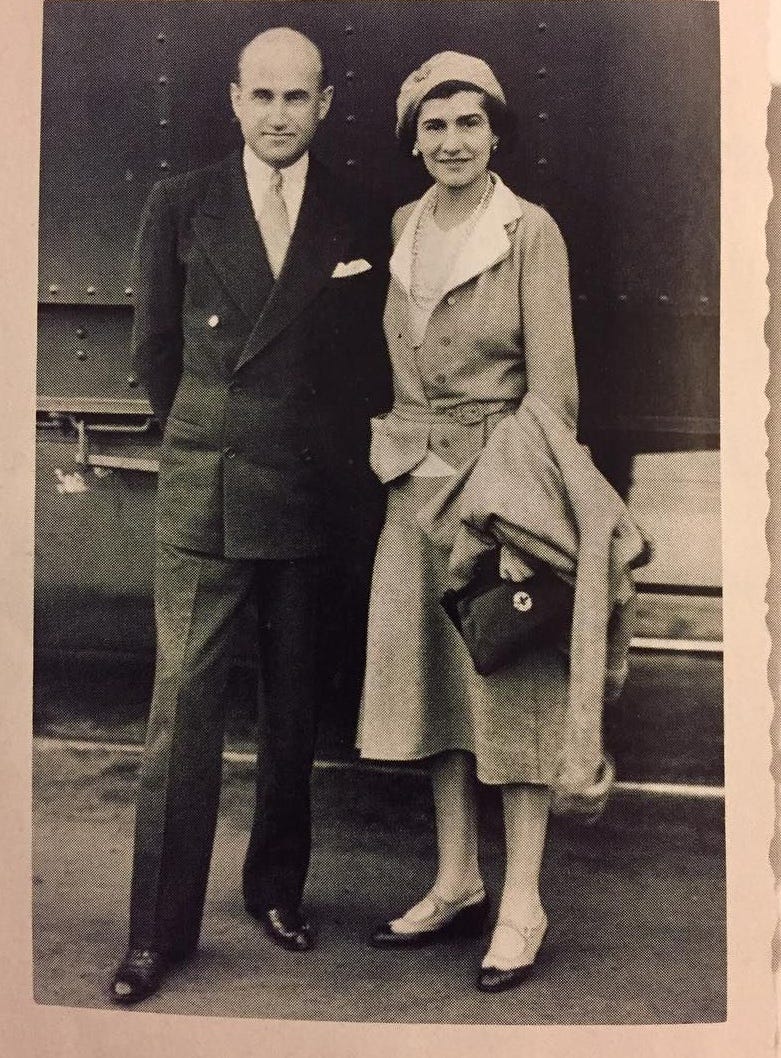
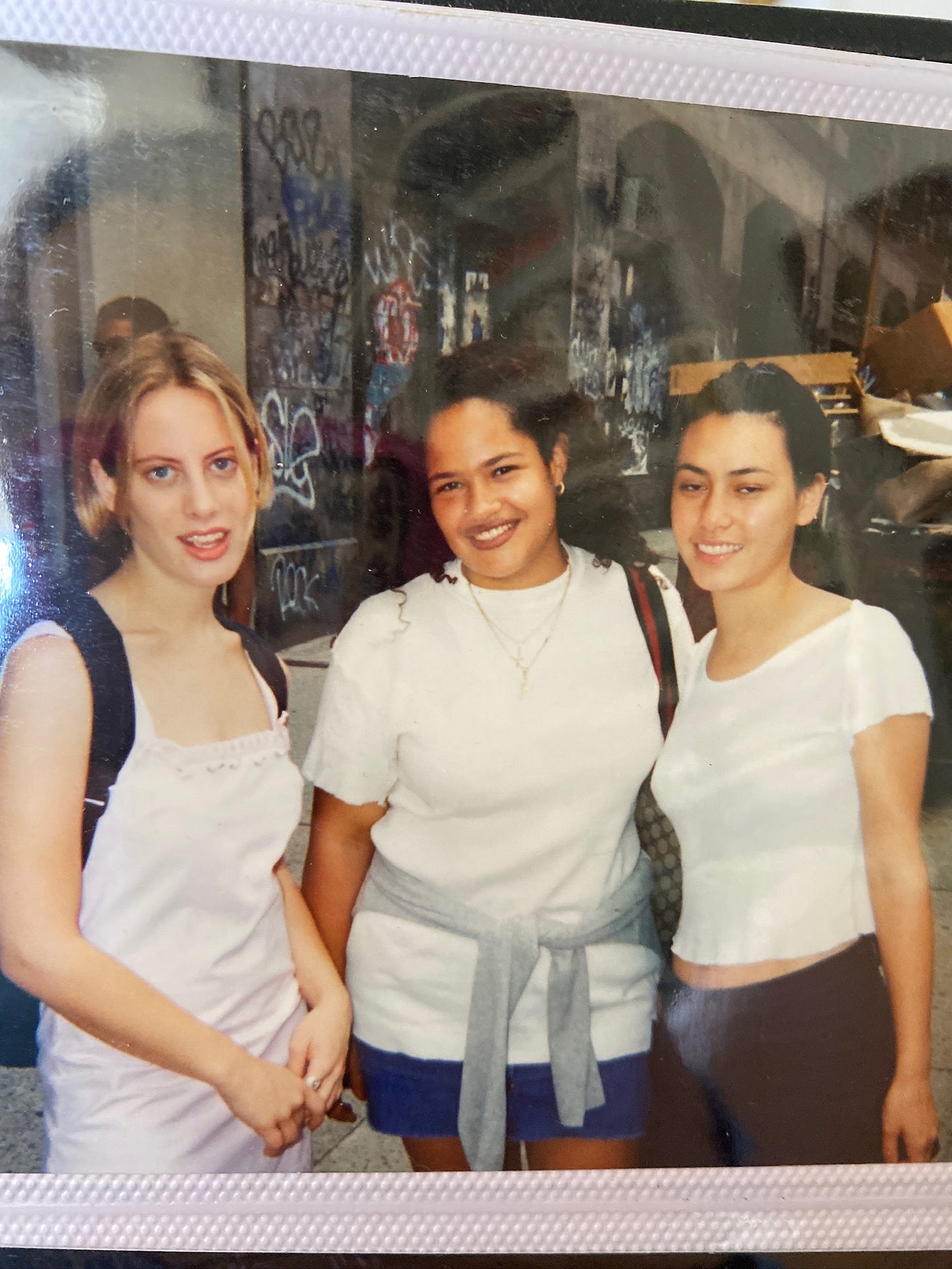
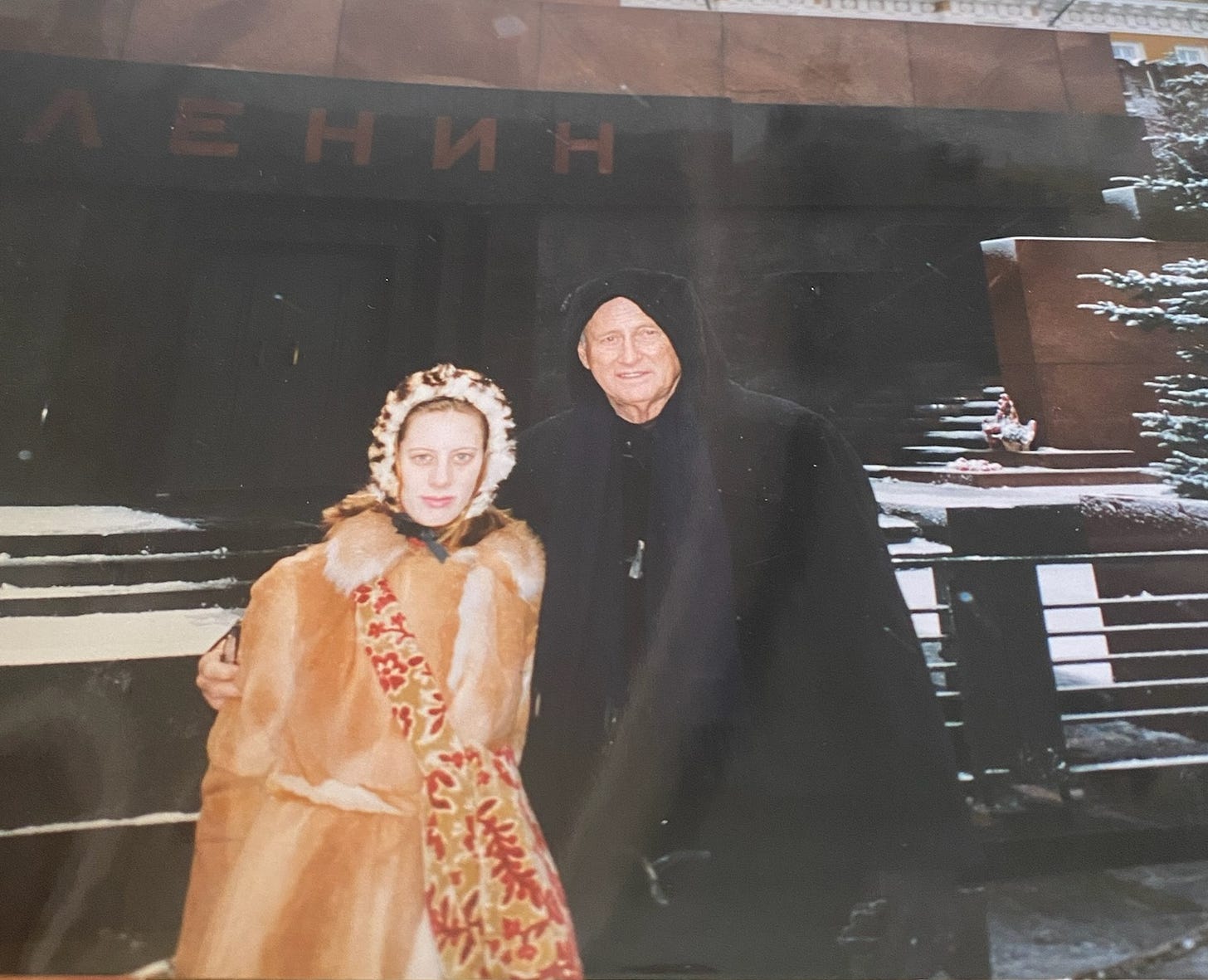
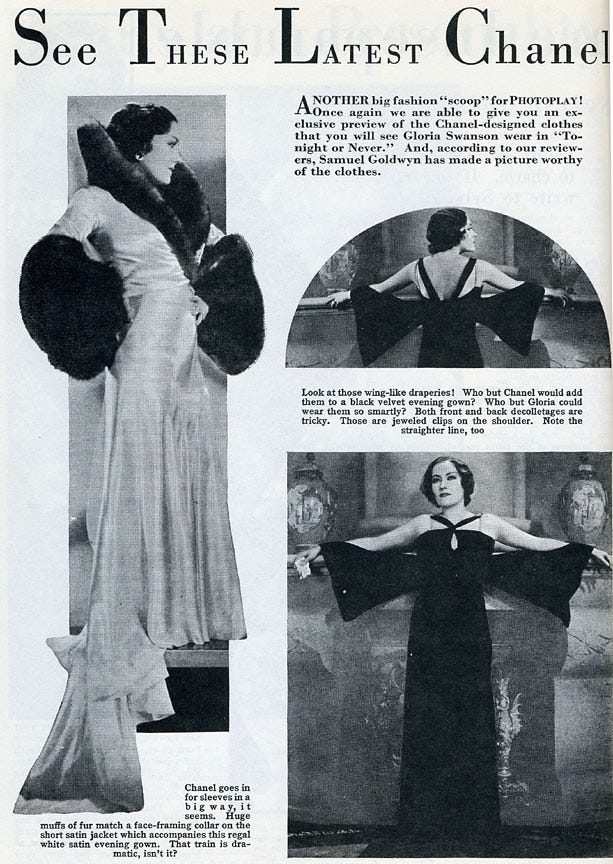



To answer your question, being first is better if you value creativity. Capitalizing on the idea is better if fame and fortune are what you’re after.
Creativity always!